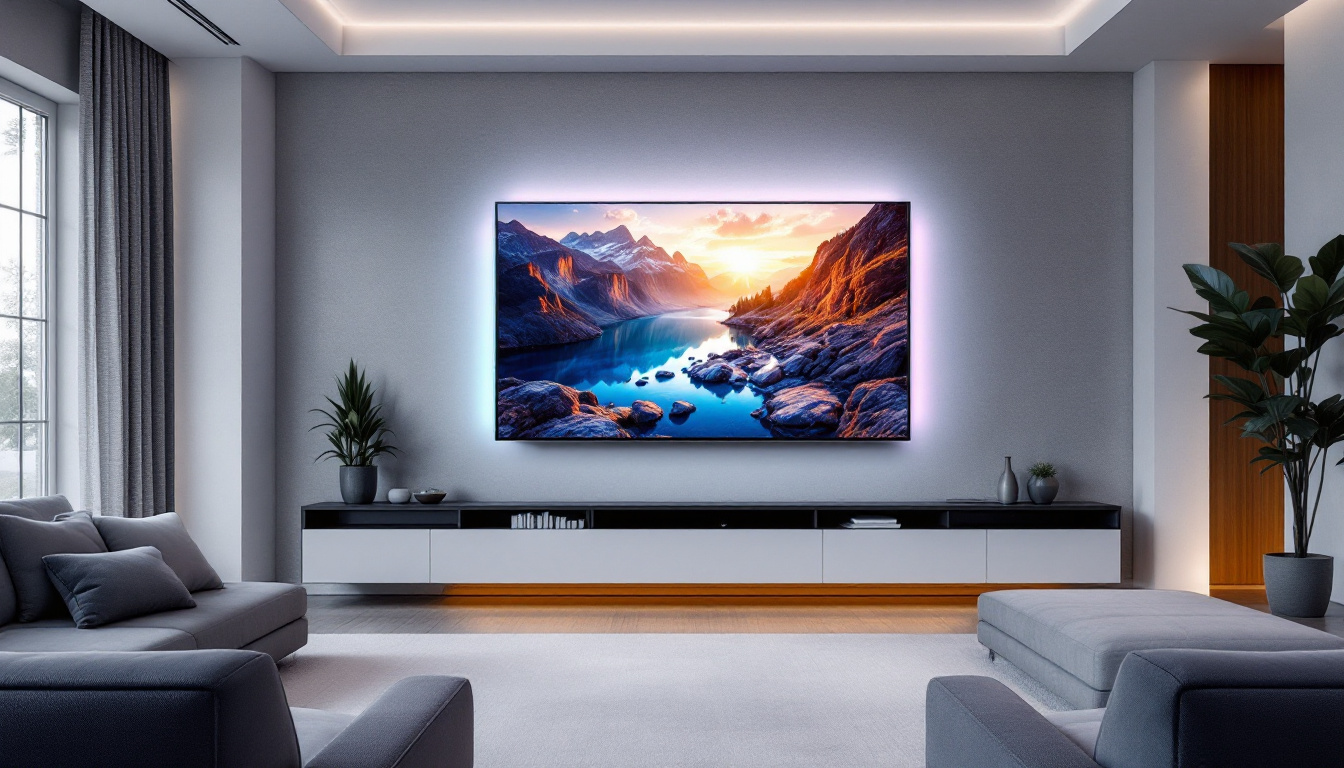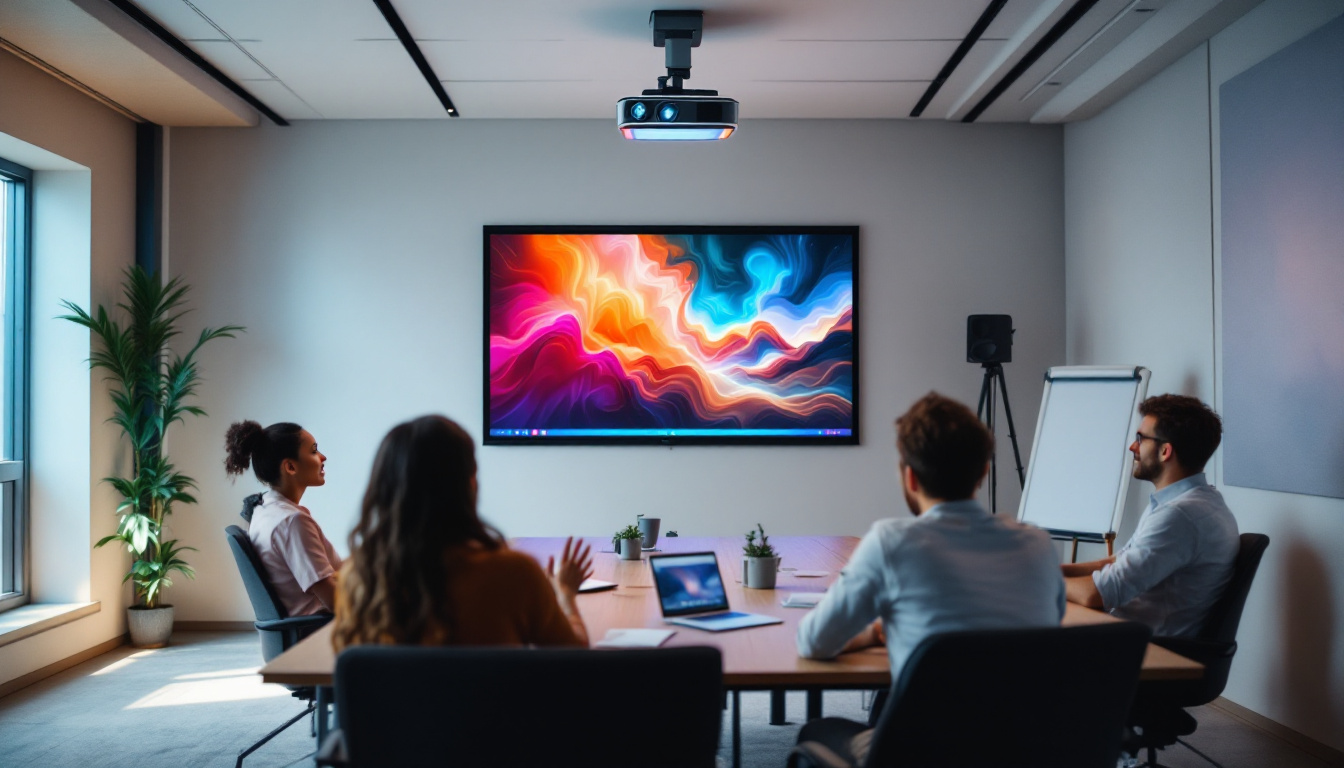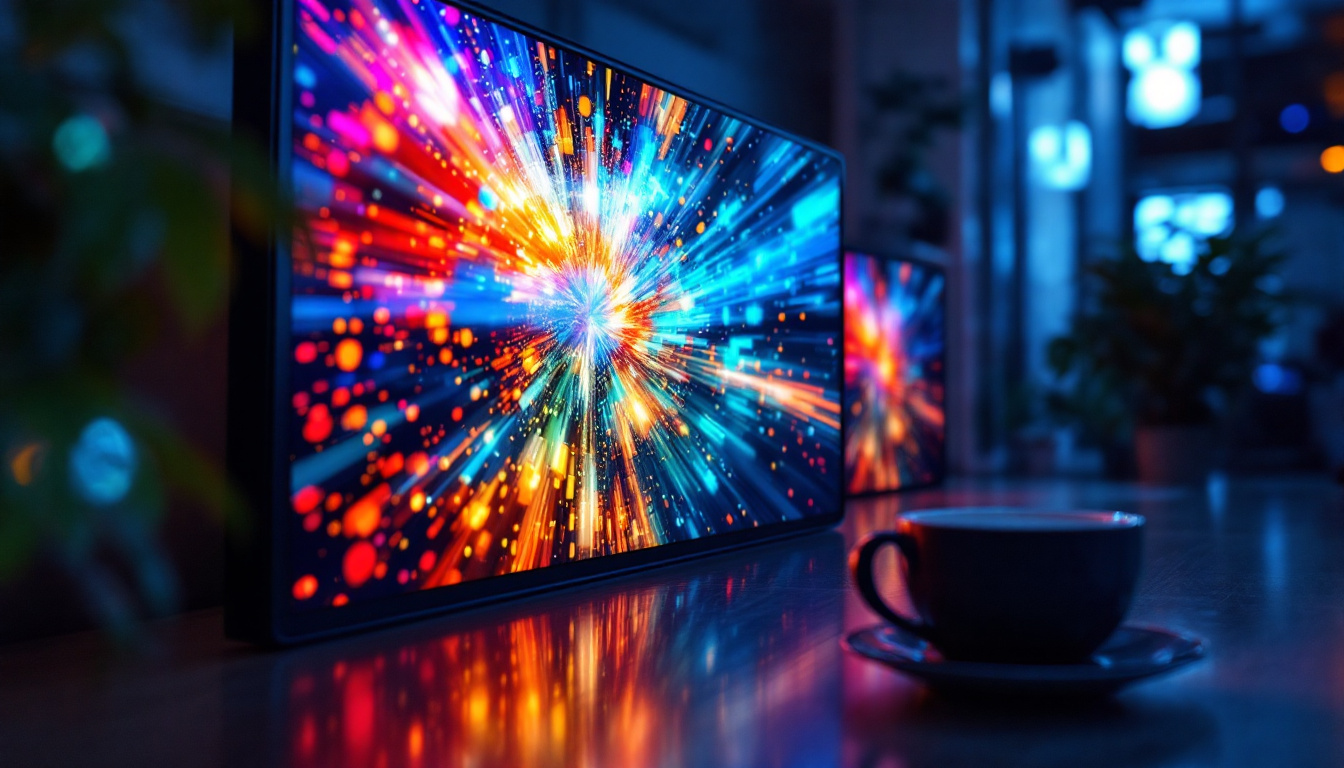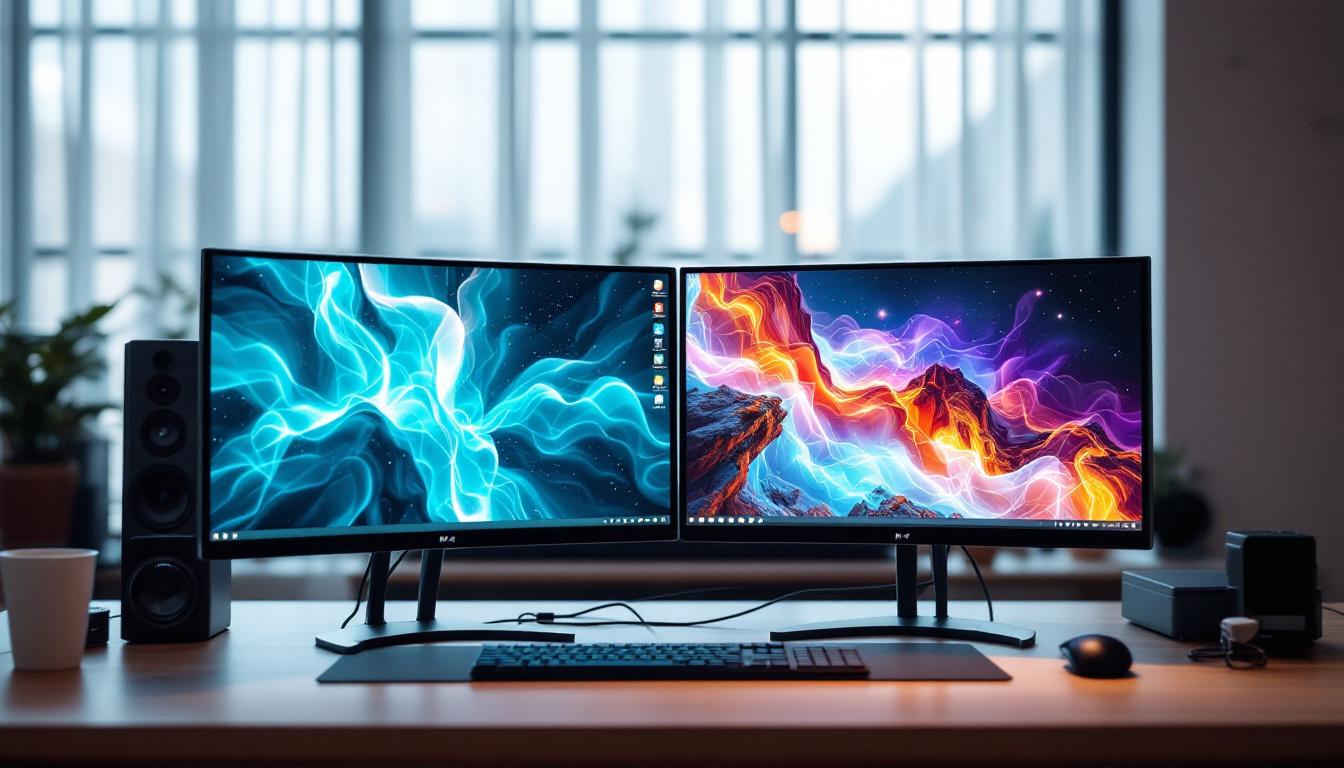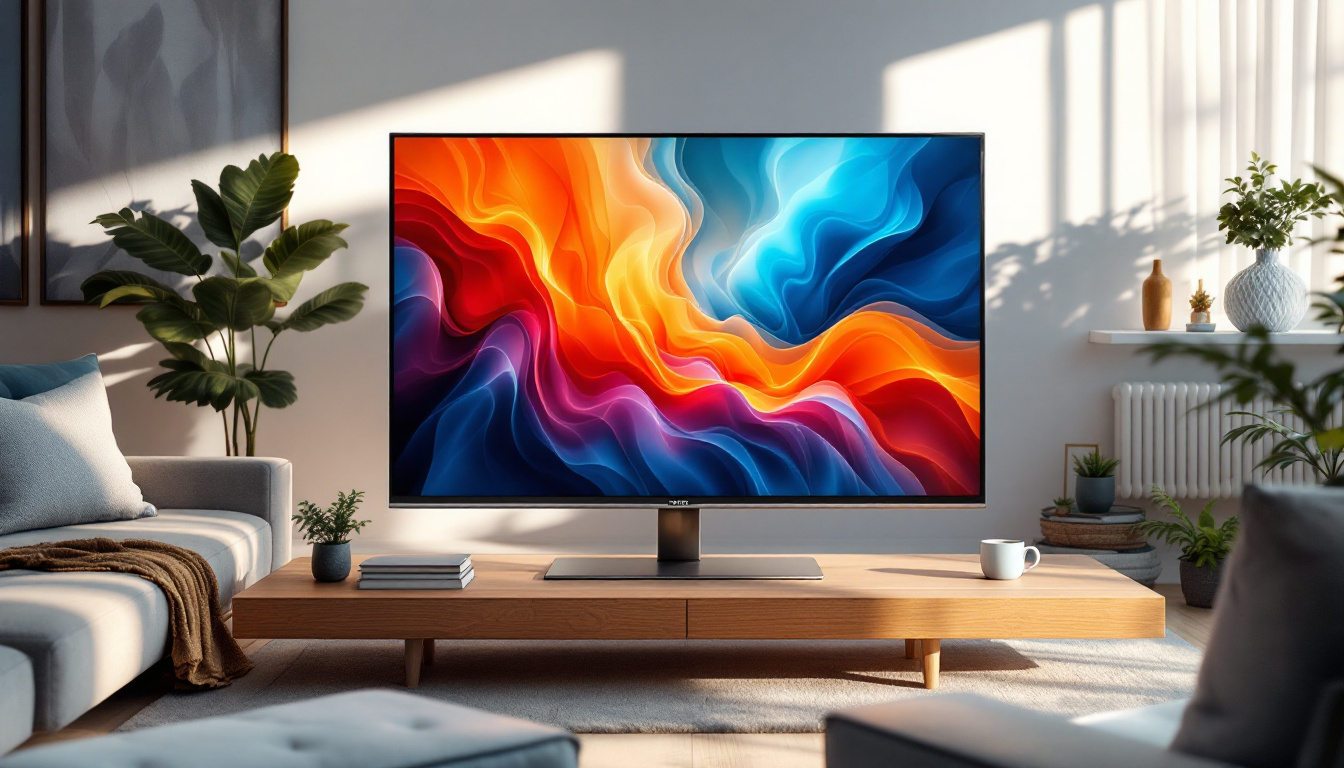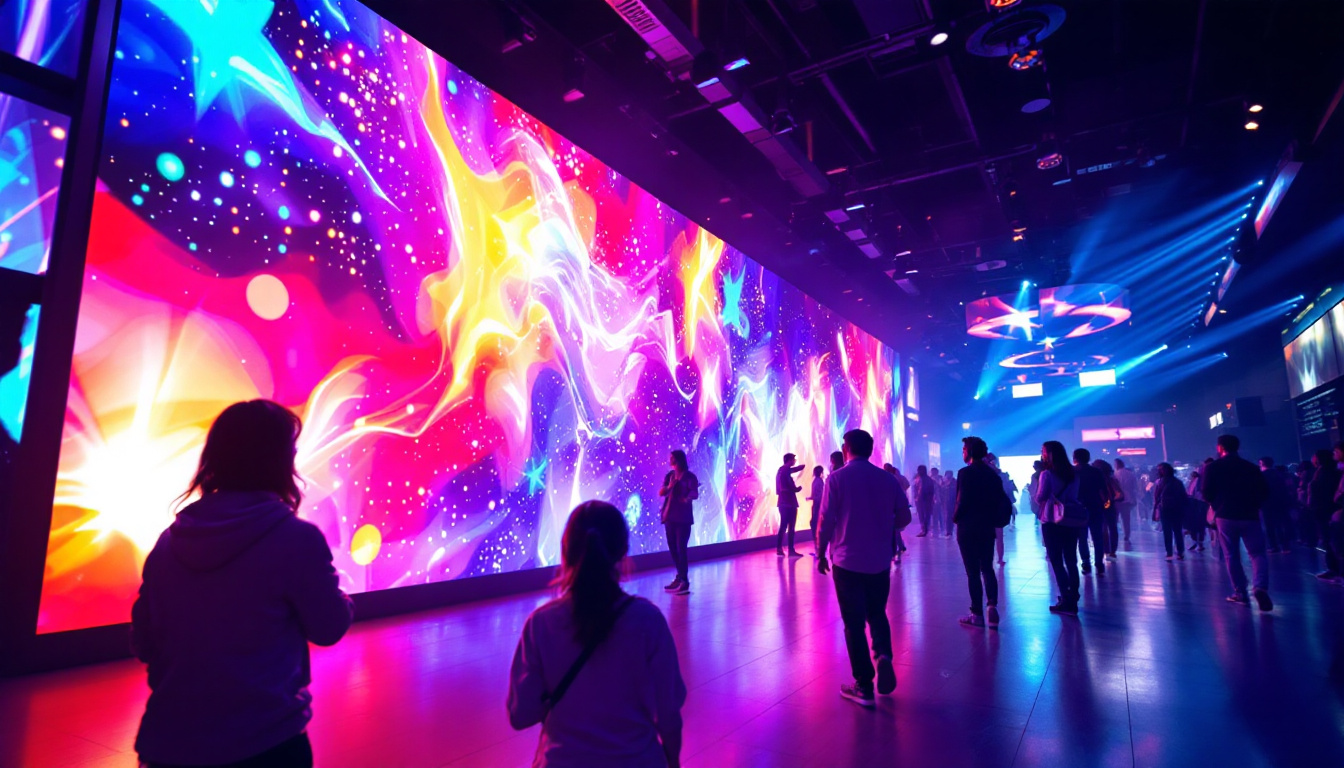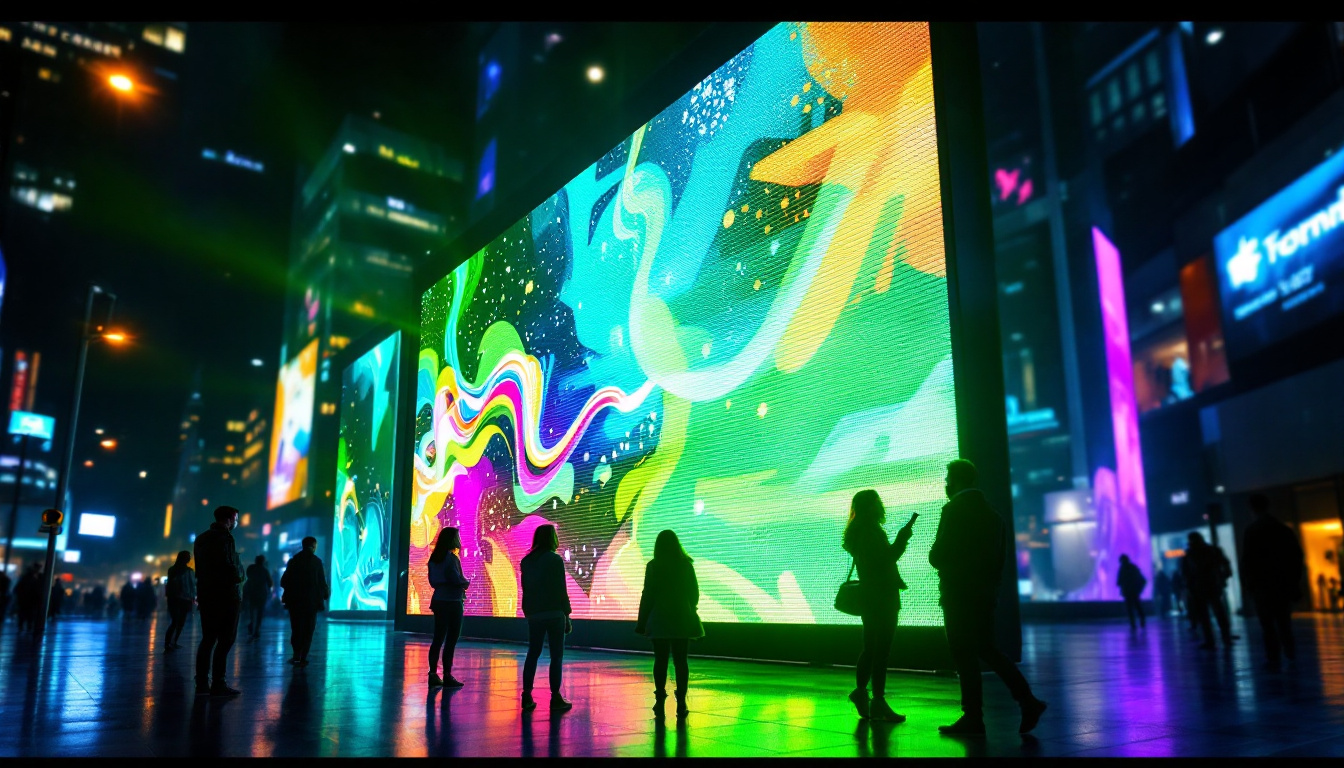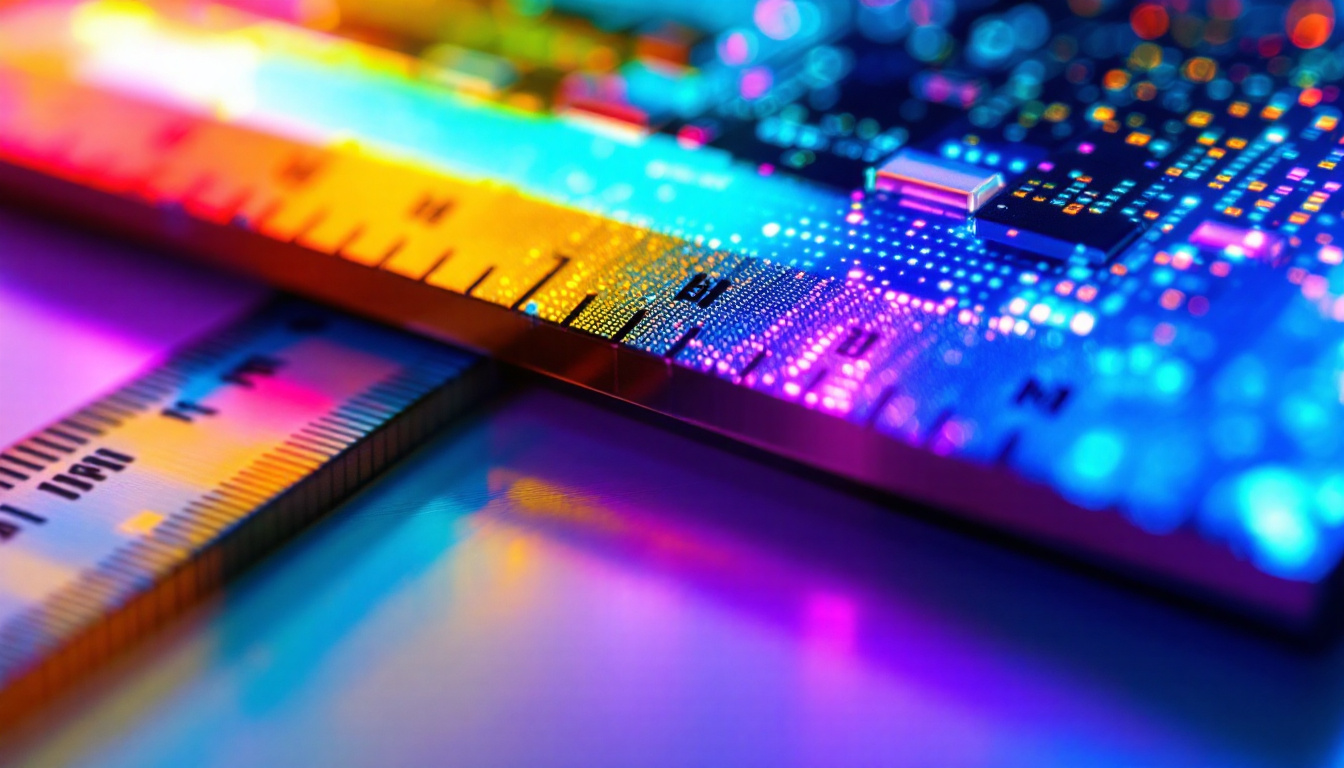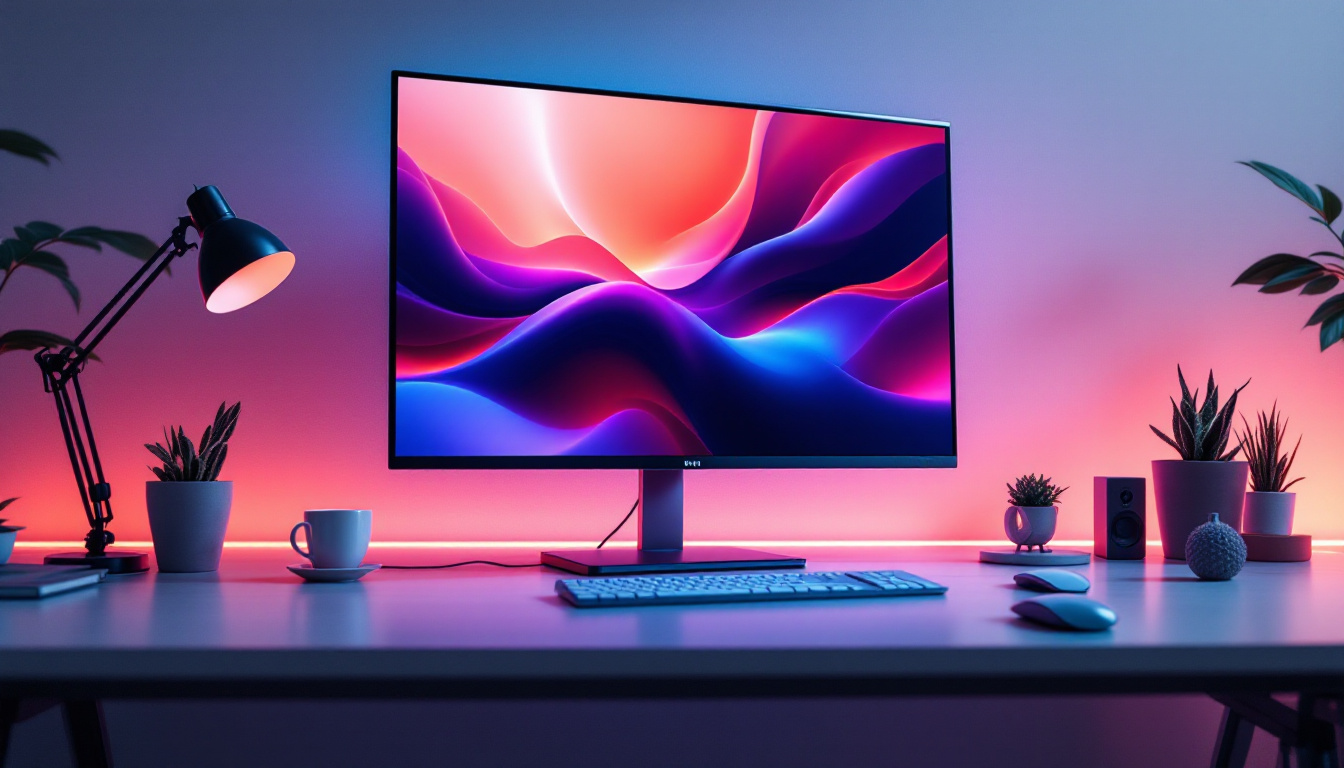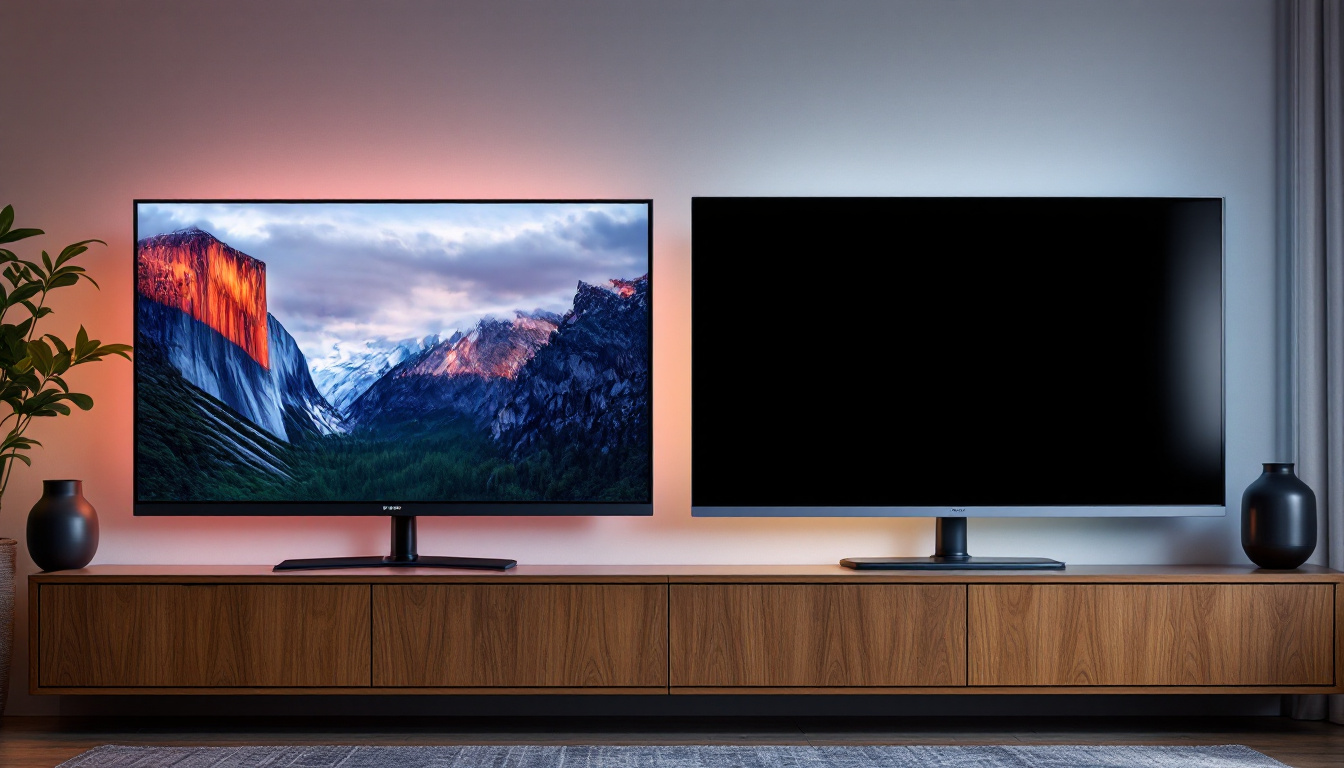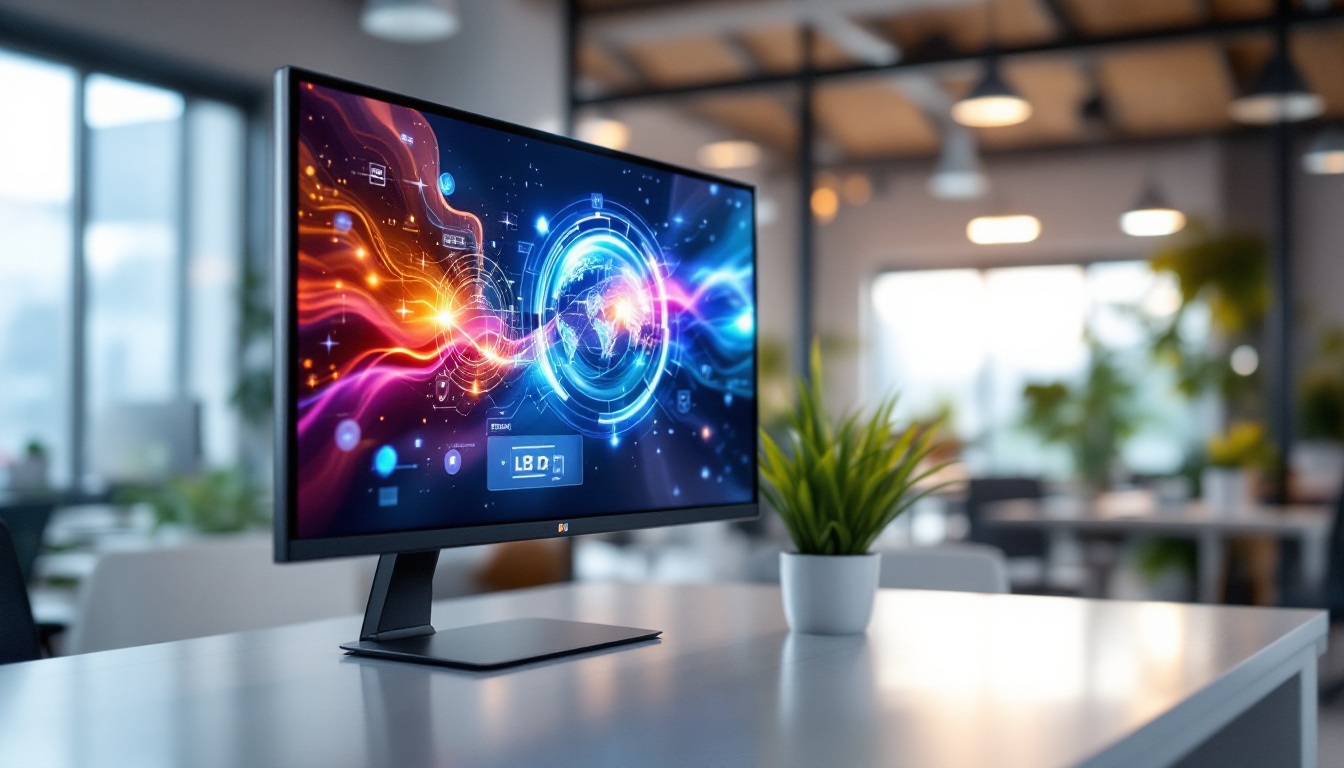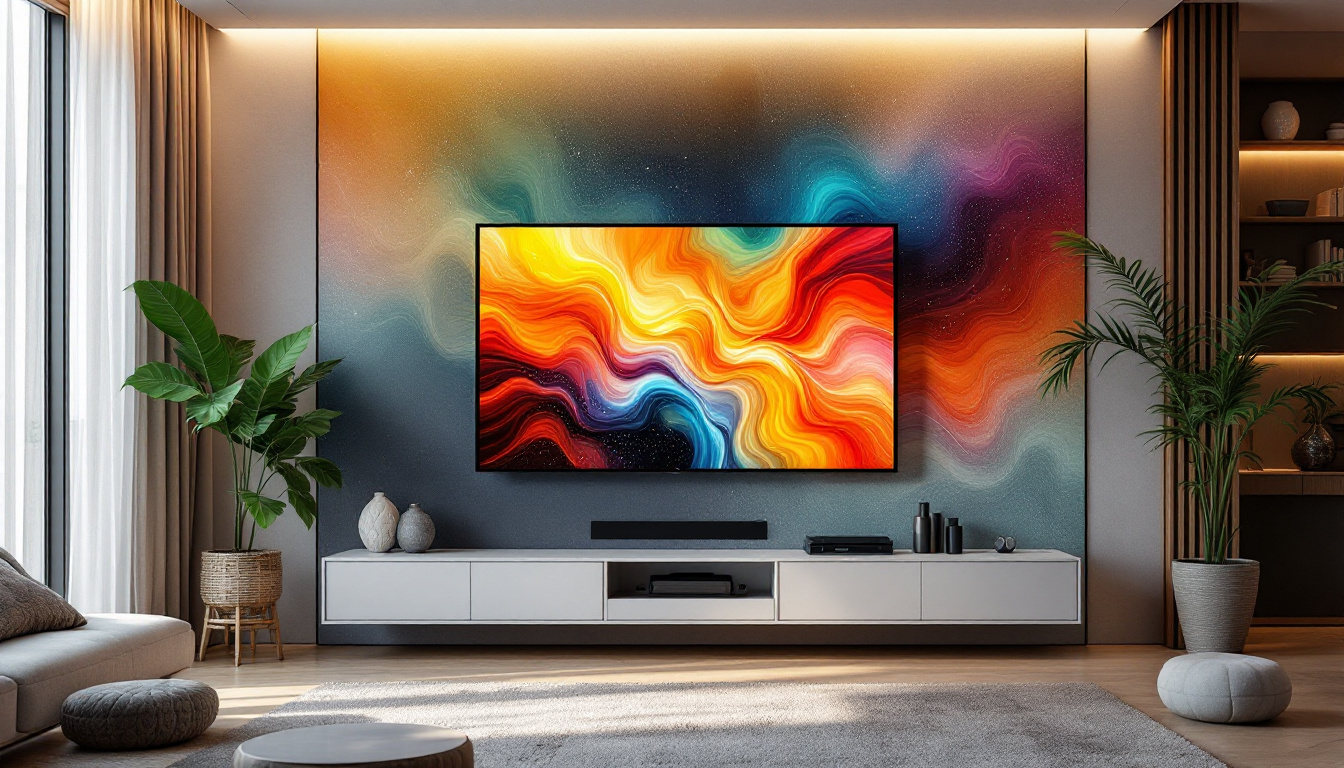What Is A Pixel: LED Display Explained
In today’s digital age, the term “pixel” is ubiquitous, especially when discussing displays like televisions, computer monitors, and smartphones. Understanding what a pixel is and how it functions is essential for anyone interested in technology, design, or media. This article delves into the intricacies of pixels, particularly in the context of LED displays, to provide a comprehensive overview.
Understanding Pixels
A pixel, short for “picture element,” is the smallest unit of a digital image or display. Each pixel represents a single point in a graphic and is typically composed of three sub-pixels: red, green, and blue (RGB). By varying the intensity of these colors, a pixel can produce a wide range of colors, allowing for the creation of detailed images.
The Role of Pixels in Digital Displays
In digital displays, pixels work together to form images. The resolution of a display is often described in terms of the number of pixels it contains. For instance, a Full HD display has a resolution of 1920×1080, meaning it has 1,920 pixels across and 1,080 pixels vertically. The total number of pixels determines the clarity and detail of the image; more pixels usually result in sharper images.
Furthermore, pixels are essential in various applications beyond traditional displays. They play a crucial role in digital photography, video games, and even virtual reality environments, where the quality of the pixelation can significantly impact the user experience.
How Pixels Work in LED Displays
LED displays utilize pixels in a unique way. Each pixel in an LED display is typically made up of multiple small LEDs that emit light in different colors. These individual light-emitting diodes combine to create the colors seen on the screen. The brightness and color of each pixel can be adjusted rapidly, allowing for dynamic images and videos.
LED technology has revolutionized the way pixels are used in displays. Unlike traditional LCD screens, which rely on a backlight, LED displays can produce brighter and more vibrant colors while consuming less power. This efficiency makes LED displays a popular choice for everything from televisions to large-scale advertising billboards.
Types of LED Displays
LED displays come in various types, each designed for specific applications and environments. Understanding these types can help consumers and professionals make informed decisions when selecting a display for their needs.
Direct View LED Displays
Direct View LED displays consist of an array of individual LEDs that create the image directly on the screen. This type of display is commonly used for large outdoor screens, such as those found in stadiums or on building facades. The main advantage of direct view LED displays is their ability to produce bright images that remain visible even in direct sunlight.
These displays are often modular, allowing for customization in size and shape. This flexibility makes them ideal for various applications, from advertising to entertainment. However, direct view LED displays can be expensive to install and maintain, particularly for larger configurations.
LED Backlit LCD Displays
LED backlit LCD displays combine traditional LCD technology with LED backlighting. In this setup, the LCD panel is illuminated by LEDs placed behind or around the edges of the screen. This method enhances color accuracy and contrast compared to older LCD models that used fluorescent backlighting.
While LED backlit LCD displays do not achieve the same level of brightness as direct view LED displays, they are more affordable and widely used in consumer electronics like televisions and computer monitors. They provide a good balance between performance and cost, making them suitable for everyday use.
Organic LED (OLED) Displays
Organic LED (OLED) displays represent a significant advancement in display technology. Unlike traditional LEDs, which use inorganic materials, OLEDs use organic compounds that emit light when an electric current passes through them. This allows for thinner displays with better color reproduction and contrast ratios.
One of the standout features of OLED technology is its ability to produce true blacks. Since each pixel emits its light, OLED displays can turn off individual pixels completely, resulting in deeper blacks and more vibrant colors. Although OLED displays are generally more expensive than their LCD counterparts, their superior image quality has made them increasingly popular among consumers.
Pixel Density and Resolution
Pixel density, measured in pixels per inch (PPI), is a crucial factor in determining the quality of a display. Higher pixel density means more pixels are packed into a given area, resulting in sharper and more detailed images. Understanding pixel density is essential for both consumers and professionals in the tech industry.
Importance of Resolution
Resolution refers to the total number of pixels in a display, typically expressed as width x height (e.g., 1920×1080). Higher resolution displays can show more detail, making them ideal for applications like graphic design, gaming, and video editing. However, the benefits of higher resolution can be diminished if the pixel density is not sufficient for the screen size.
For instance, a 4K display (3840×2160) offers four times the resolution of a Full HD display. This increased resolution allows for more detail, especially on larger screens. However, if viewed from a distance, the difference may not be as noticeable, emphasizing the importance of considering both resolution and viewing distance when selecting a display.
Viewing Distance and Pixel Perception
The distance from which a display is viewed plays a significant role in how pixels are perceived. At closer distances, individual pixels become more noticeable, which is why higher pixel density is crucial for smaller screens, such as smartphones. Conversely, larger displays viewed from a distance can maintain image quality even at lower pixel densities.
Understanding this relationship can help consumers make informed choices based on their intended use. For example, a high-resolution display may be more critical for a desktop monitor used for design work than for a large television viewed from across a room.
Color Depth and Pixel Quality
Color depth refers to the number of bits used to represent the color of a single pixel. Higher color depth allows for a broader range of colors and smoother gradients, enhancing the overall image quality. This aspect of pixel quality is particularly important in applications requiring precise color reproduction, such as graphic design and video editing.
Bit Depth Explained
Bit depth is typically measured in bits per channel (bpc). Common standards include 8-bit, 10-bit, and 12-bit color depths. An 8-bit color depth can produce 256 shades per channel, resulting in over 16 million possible colors. In contrast, a 10-bit depth can produce over a billion colors, allowing for more nuanced color transitions and reducing banding in images.
For professionals working in fields where color accuracy is paramount, such as photography and film production, choosing displays with higher bit depths is essential. These displays can render more accurate colors and better represent the original content, ultimately leading to superior results.
Impact of Color Gamut
Color gamut refers to the range of colors a display can reproduce. Different color spaces, such as sRGB, Adobe RGB, and DCI-P3, define specific color gamuts. A display that covers a wider color gamut can produce more vibrant and accurate colors, which is particularly important for creative professionals.
When selecting a display, it is crucial to consider both the color depth and the color gamut. A high color depth alone does not guarantee accurate color reproduction if the display cannot cover a wide enough gamut. Therefore, understanding these specifications is vital for anyone looking to invest in a quality display.
Future of Pixel Technology
The future of pixel technology is promising, with ongoing advancements aimed at improving display quality, efficiency, and versatility. As technology continues to evolve, several trends are shaping the future of pixels and LED displays.
MicroLED Technology
MicroLED technology is an emerging display technology that promises to combine the best features of OLED and traditional LED displays. MicroLEDs are tiny, self-emissive LEDs that can produce bright and vibrant colors while offering excellent contrast ratios. This technology allows for thinner displays with improved energy efficiency and longevity.
MicroLED displays are still in the early stages of development, but they hold great potential for various applications, from consumer electronics to large-scale commercial displays. As production methods improve, MicroLED technology could revolutionize the display industry.
Advancements in Flexible Displays
Flexible displays are another exciting area of development in pixel technology. These displays can bend and curve, allowing for innovative product designs, such as foldable smartphones and curved televisions. The ability to create flexible displays opens up new possibilities for how consumers interact with technology.
As manufacturers continue to refine flexible display technology, it is expected that more products featuring this capability will enter the market, offering users unique experiences and enhanced functionality.
Artificial Intelligence and Display Optimization
Artificial intelligence (AI) is increasingly being integrated into display technology to enhance image quality and user experience. AI algorithms can analyze content in real-time, optimizing color, brightness, and contrast based on the viewing environment and the type of content being displayed.
This intelligent optimization can significantly improve the viewing experience, particularly in variable lighting conditions or when displaying content with varying color profiles. As AI technology continues to advance, its integration into display systems is likely to become more sophisticated, leading to even better image quality and user satisfaction.
Conclusion
Understanding pixels and their role in LED displays is essential for anyone navigating the modern digital landscape. From the basic definition of a pixel to the intricacies of pixel density, color depth, and emerging technologies, this knowledge empowers consumers and professionals alike to make informed decisions about their display choices.
As technology continues to evolve, staying informed about advancements in pixel technology will ensure that users can take full advantage of the stunning visuals and enhanced experiences that modern displays offer. Whether for entertainment, work, or creative endeavors, a solid grasp of pixel technology will undoubtedly enhance the appreciation of digital media in all its forms.
Explore Cutting-Edge LED Displays with LumenMatrix
Now that you have a deeper understanding of pixels and their transformative role in LED display technology, it’s time to see these innovations in action. LumenMatrix, a leader in LED display solutions, offers an extensive range of products designed to bring your visual communications to life. From captivating Indoor and Outdoor LED Wall Displays to dynamic Vehicle and Sports LED Displays, each solution is crafted to enhance engagement and deliver your message with unparalleled clarity. Discover how LumenMatrix’s Custom LED Displays and All-in-One solutions can revolutionize your brand’s visibility. Check out LumenMatrix LED Display Solutions and step into the future of digital signage.




